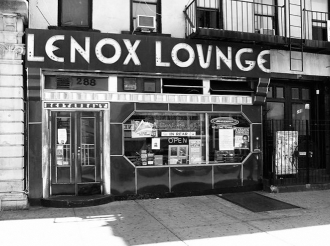
In less than a decade after the passage of the Civil Rights Act, at least half of the Green Book’s Black-owned businesses were closed. Through government programs like “urban renewal,” in which Black communities were disproportionately disrupted and destroyed, the entrepreneurial hopes of many Black citizens were dashed.
As public space became less divided, Black businesses had to compete with larger, wellfunded white-owned businesses that had the favor of police, policy makers, and politicians. This reality left Black-owned business with few resources and little leverage.












